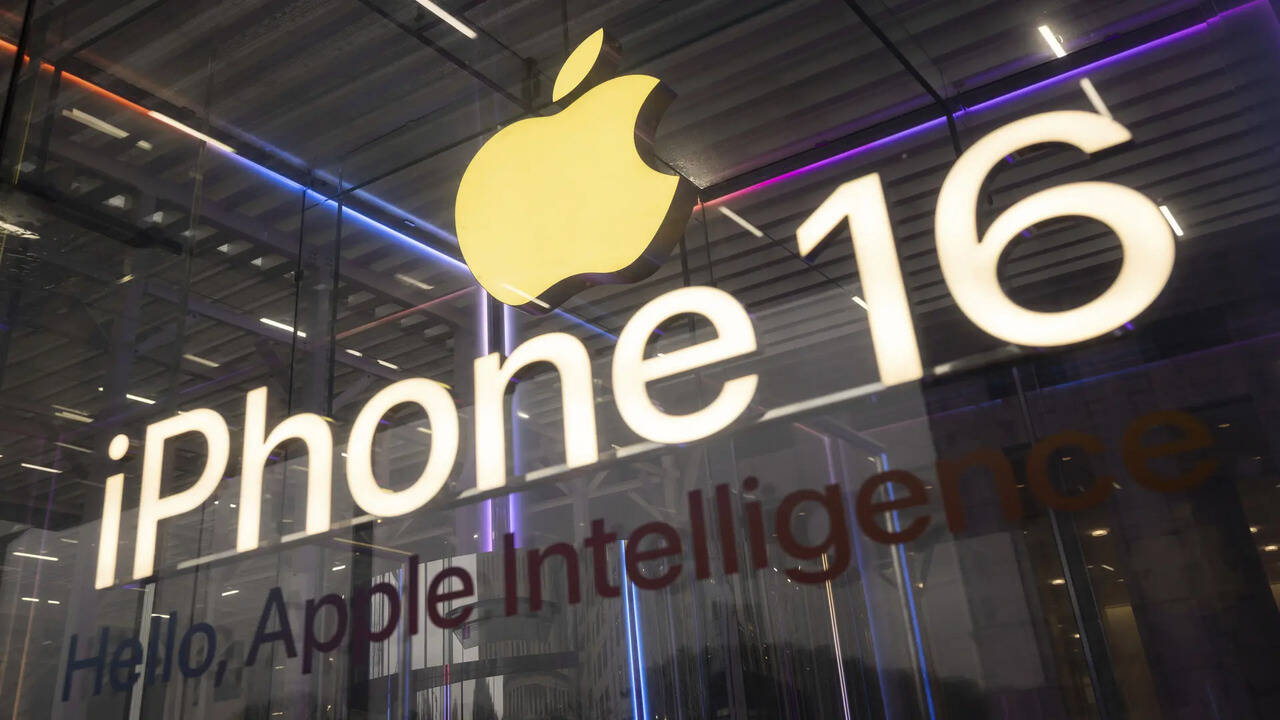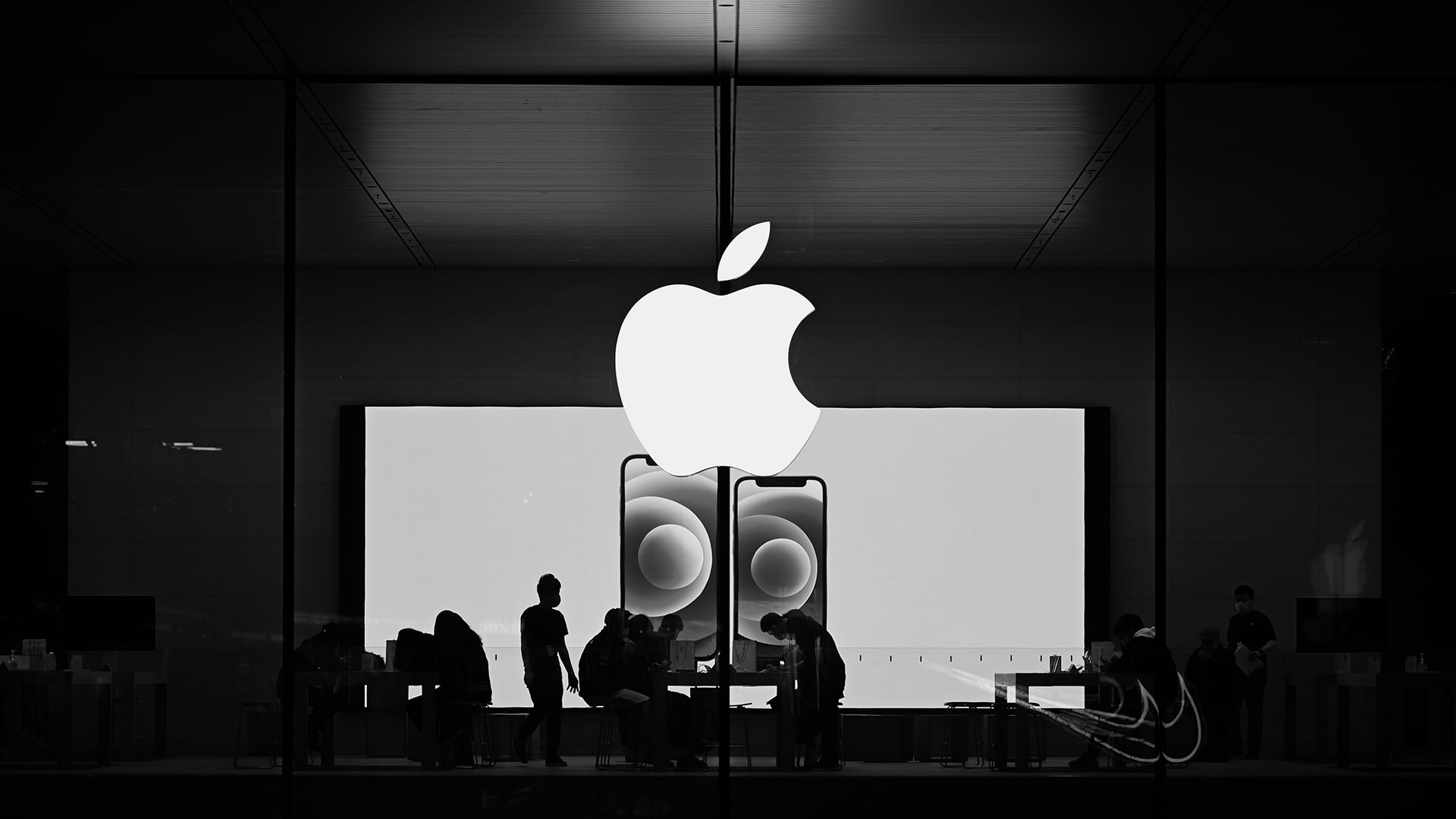Introduction

In a bold move to revamp its global manufacturing strategy, Apple is shifting away from China and accelerating its expansion in India and the United States. The company now plans to source over $19 billion in chips from US-based facilities and produce the majority of its US-bound iPhones in India by 2026. As geopolitical tensions rise and tariffs loom under the Trump administration, Apple’s evolving supply chain could redefine the future of tech manufacturing.
1. Apple to Source $19 Billion in US-Made Chips in 2025
Apple will source tens of millions of chips from Taiwan Semiconductor Manufacturing Co.’s (TSMC) new Arizona facilities. These advanced processors will initially support low-end iPads and Apple Watches, helping Apple reduce dependence on overseas suppliers and align with US industrial policy.
2. India to Become Apple’s iPhone Manufacturing Hub

CEO Tim Cook confirmed that most iPhones bound for the US will soon be manufactured in India. Apple already produces 20% of its iPhones in the country, and this number is expected to rise significantly by next year. India is not only a growing market but also a politically safer partner amid US-China friction.
3. China Still a Risk Amid Tariff Uncertainty
Cook avoided specific answers regarding potential new tariffs on Chinese imports, stating it’s “difficult to predict beyond June.” CFO Kevan Parekh added that Apple’s guidance assumes no drastic shifts in global tariffs. Nevertheless, Apple is clearly preparing for an escalation in trade disputes.
4. TSMC’s Arizona Expansion Anchors Apple’s Chip Plans
Apple’s reliance on TSMC remains strong, with the chipmaker set to open up to six plants in Arizona. These fabs represent hundreds of billions in investment and are part of a broader US effort to reclaim semiconductor leadership, a key component of national security strategy.
5. Political Winds Favor India Over China

During the earnings call, India was mentioned nearly as often as China, underscoring its rising strategic importance. Apple’s increased investment in India comes at a time when Western governments, particularly the US, view the South Asian nation as a preferred trade ally over China.
6. Corning and US Component Suppliers in Focus
Apple is also sourcing iPhone glass from Kentucky-based Corning Inc. and plans to produce AI servers at a Texas facility. These moves support Apple’s goal of investing $500 billion in the US over four years and further reduce risks associated with a China-centric supply chain.
7. Legal and Market Headwinds Remain
Despite these supply chain wins, Apple still faces challenges. It recently lost a legal battle over App Store commissions and saw Q2 China sales miss expectations. Investor sentiment remains cautious, with shares dropping after the earnings report. Nonetheless, its long-term manufacturing realignment is viewed as a smart hedge against global volatility.
Conclusion
Apple’s aggressive shift toward India and the US for chip and device production marks a new era in global tech supply chains. As geopolitical tensions rise, Apple is betting on diversification to safeguard its future. With over $19 billion in US chip sourcing and an India-first iPhone strategy, Apple is not just adapting to global trade — it’s reshaping it.
Want to understand how this fits into Apple’s latest financial report? Read our full analysis here: Apple’s Q2 Earnings: Tariff Fears & China Sales Drop.
External Source:









